Consumer Electronics by its very nature demands the up-close and personal touch. That’s been pretty much destroyed by the big-box stores who stack TVs in rows and treats you like annoying fans of a rock star who’s trying to get too close. But there still exists the specialty store where displays can live on their own terms, and potential buyers dob’t have to be afraid of being tased for getting too close. The VIdeo & Audio Center in Santa Monica (California) is just such a store. It caters to those who are not only looking for high-quality HDTVs, but to be guided along in their choice by knowledgeable sales associates who know their stuff (and aren’t constantly looking at the time to see when the next break is coming along). Learn more about TV display technology.
There’s’ a bit of a party like atmosphere when I get inside — which makes sense since Samsung is footing the bill for munchies and drinks as they call attention to their flagship “big dog,” the 75-inch Samsung LED ES9000. That doesn’t mean that the other HDTVs on display, including those made by Samsung, have been put into any “sleep” mode, however. But you’d be hard pressed not to want to gravitate over to the crowd crunching themselves against one another in trying to hear what David Albers, Samsung’s Content Development Manager, has to say about the ES9000. Fortunately the display is big enough for me to see without having to get so close as to endanger the drink in my hand. I know my priorities.
But the “island” like setup does allow me to duck behind the ES9000 while Albers talks on. I can see the usual suspects on the back panel for connectivity: multiple HDMI, a Component and Composite, an Ethernet for a wired network connection and USB sockets (for drives providing local content or to power an indoor amplified antenna as some might wish to do) and optical digital output for sending the sound elsewhere. I’l find out later that the 15 watts of the built-in stereo speakers are more than adequate for TV viewing, although it’d be madness to rely on just them and some pyschoacoustic surround effect when it’s time to watch a movie in glorious 1080p high-definition.
But I’m also able to see two interesting things on its back; one is the top mounted video camera that mechanically “pops” up when needed — no motorized mechanism here. The camera is suitable for applications to use (i.e., “apps”) like Skype as well as others, which includes one baked into the “Smart TVs” “smart hub” that controls access to online connectivity/content. The resolution of the camera varies — it’s not HD but close enough for government work. Since the owner can “lock out” specific functionality of those using the ES9000 — there are up to 10 online accounts that can be created — some parental control over the camera’s use can be enacted. Not that anything can stop a teenager if he/she wants to do something….
But it’s that second addition on the back that really intrigues me. The Samsung LED ES9000 has a user-serviceable “Evolution” capability — in that a kit will become available next year for swapping out the processing card in favor of one with newer or updated features. Think of this like swapping out an old computer’s “brains” for a new one, if you will. Not that the Samsung LED ES9000 is short of power now — a dual core processor takes care of functions quite nicely, thank you — but this provides a form of future-proofing that seems only fair when you’re dealing with a TV that comes with a $10,000 price tag.
Albers should be done talking in a moment, so I take the time to make a few mental notes about the ES9000 as I watch images play over its surface. First off, it’s truly a beautiful chassis and as thin as you’d expect, being that it’s not some high-faulting new OLED technology or the like, but the same technology as found in their other LCD-based HDTVs. The ES9000 has a nice coloring too that extends from the base to the micro-thin bezel (sort of a reddish gold, but that’s just how I see it). I guess that 75-inches was seen as being within the boundaries of what can be done with this technology for providing a big screen that still could perform — as I found out during the course of the evening, the Samsung LED ES9000 certainly could.
But as Albers has wrapped things up and the crowd has dispersed to give the food being served a play (and either gawk or try to talk to comedian Jon Lovitz who has popped in with his small dog in tow), here’s my chance to ask a few questions.
One is whether the Samsung LED ES9000 does 3D — duh, of course. It’s an active-based system, and Albers points out that this is the only way to go since there’s little reason to have a big screen like the ES9000 if you’re going to cripple the resolution of the image. He also notes that — unlike some of the competition — Samsung provides multiple pairs of active 3D glasses with the ES9000 (as they do for other sets in the line). Having to ask someone to make a significant purchase and then telling them to go pay more is a bit of a bummer, I would think. Albers agrees. I also find out that 3D and the camera don’t mix. Such is life.
The other thing about 3D that I’m curious about is just how much “oomph” the 2D to 3D converter provides — or is it just the equivalent of an on/off switch. Albers shows me that there’s depth control that can be used here — the Samsung LED ES9000 doesn’t try to make images “pop” off the screen but works with perspective in an intelligent and sensible manner. It goes great guns with photos where there’s good contrast and perspective, he tells me.
Working our way to the front of the Samsung LED ES9000, Albers gives me the quick tour that shows me just how hipped to the Internet world the display is: there’s apps to use that were made to be displayed on a TV, not mobile device, and it’s not long before various folks start to take turns playing Angry Bird using the gesturing control system. I can see that this can be an appealing way in which the Samsung LED ES9000 can be controlled — as hand gestures can be translated into mouse/game control/remote control-like movements. There’s also voice control but, due to the din of the crowd, that’s not going to get much play tonight.
But Albers snags the remote (there’s actually two he says), and I can dig the touch-sensitive pad that lets you move a mouse-like pointer around on the screen with flicks of your finger (Bluetooth control means a fair amount of distance and no line-of-sight issues). My hand would get tired too fast and, if I was back in New York, I couldn’t be sure that any gesturing I was doing would be family-friendly anyway.
But what IS family-friendly is the overall way in which the Samsung LED ES9000 is set up — the menus and “Smart Hub” all make sense to anyone looking at them. This might seem a silly thing to call out, but there’s some displays that are about as user-friendly/accessible as the main fence at Area 51.
You’ll also come away, as I did, with the fact that the Samsung LED ES9000 is not sacrificing size for quality: it’s a honking big screen, but it’s a honking big screen displaying a honking high-resolution, high-quality image. For sure it deserves being called their flagship model and I don’t begrudge their having first shown it back at CES 2012 in January and just now begun the roll-out. And if the ES9000 can look good in a dealer showroom-type environment, just imagine how impressive it would be in your living room or (joy of joys) bedroom. Not that I will be seeing that happen anytime soon in my case. But I can dream, can’t I?
Related Articles:
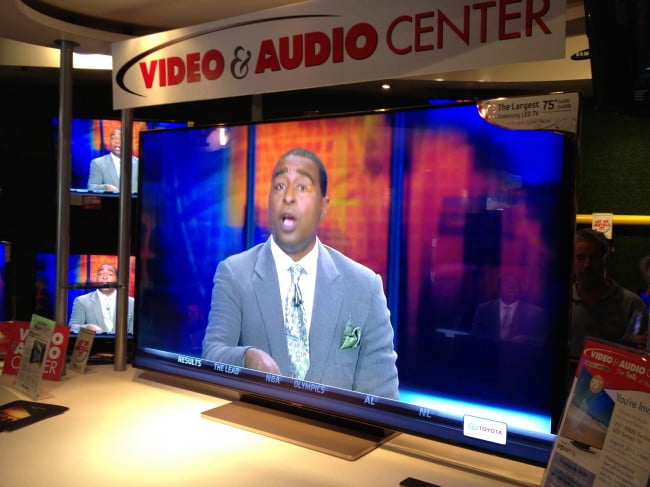
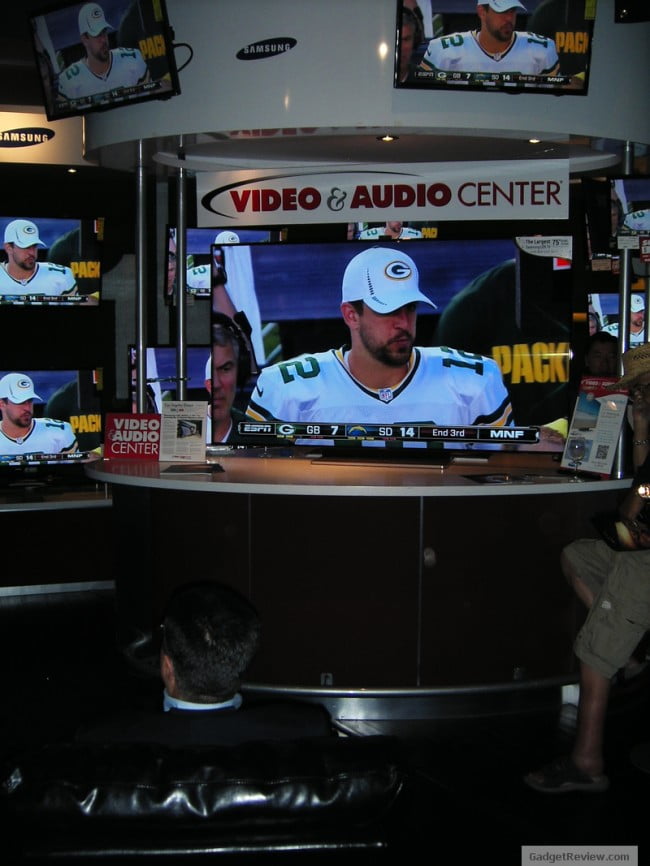
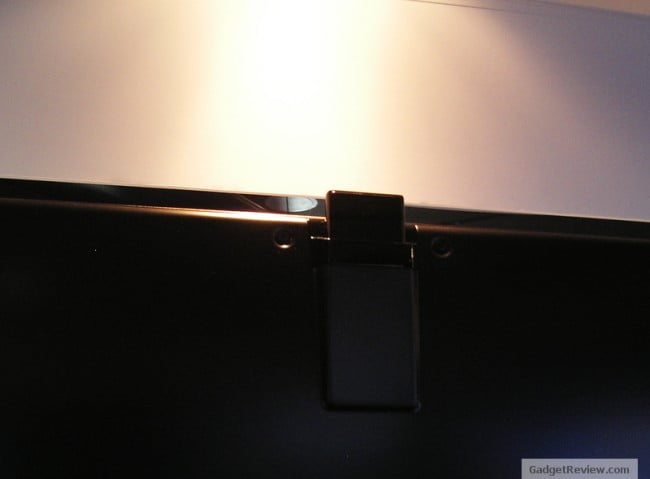
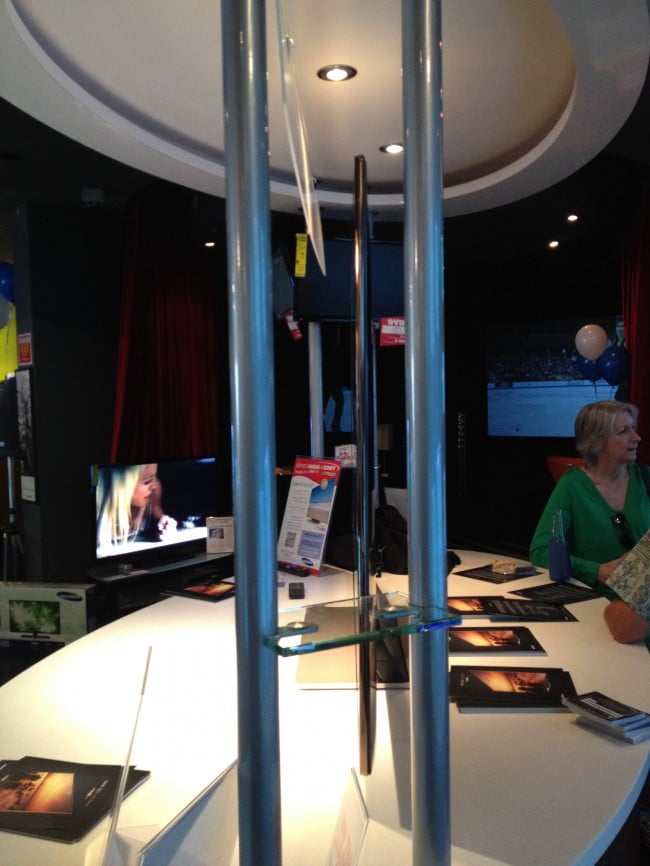

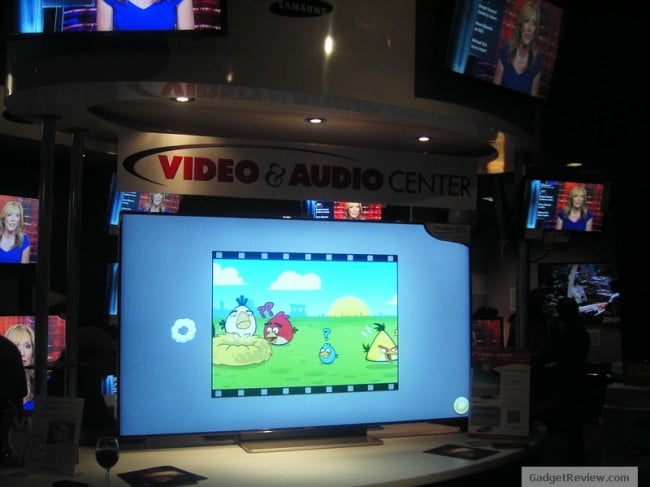
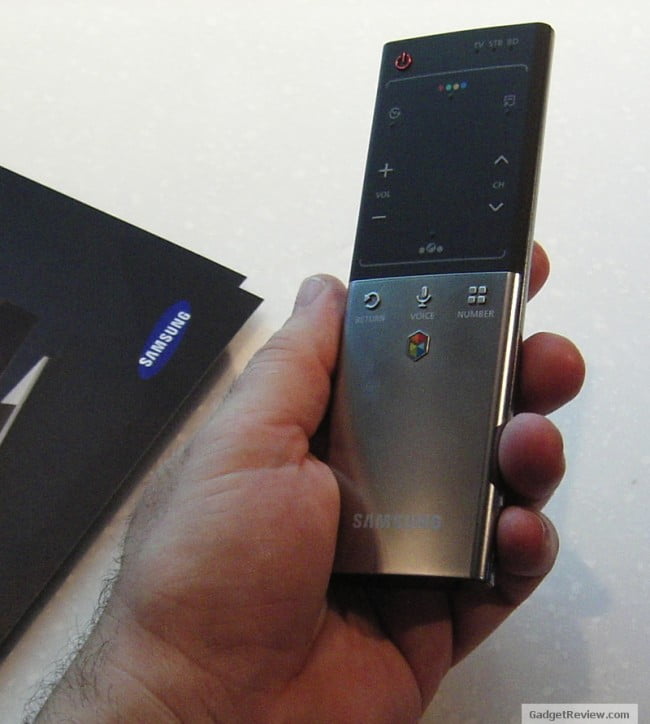
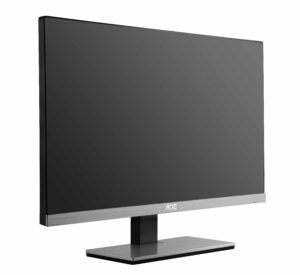
![Best 32 LED TVs for [year] 2 The top rated 32-inch LED TVs.|The TCL 32S3800 offers one of the best Smart TV systems on the market](https://www.gadgetreview.dev/wp-content/uploads/best-32-led-tv-300x165.jpg)
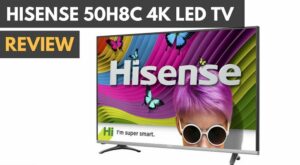
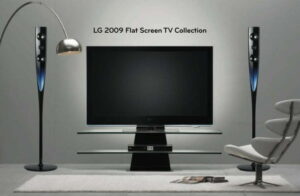

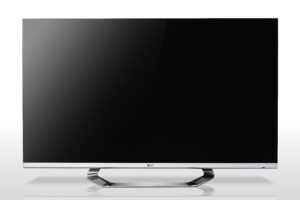
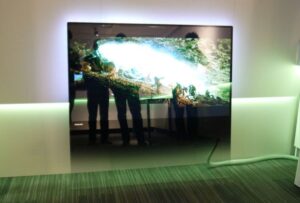
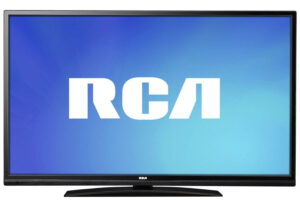
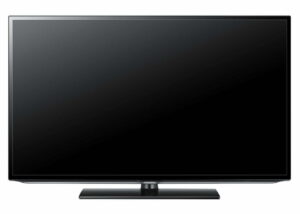
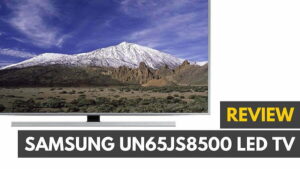
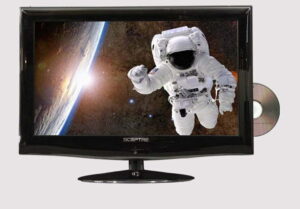
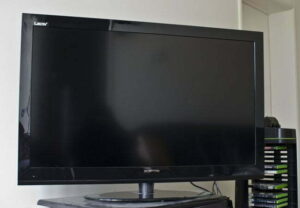
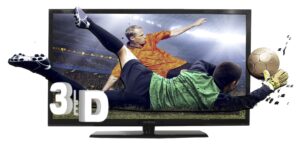
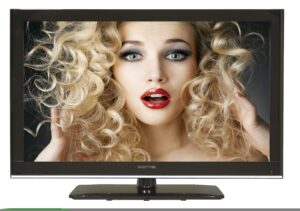
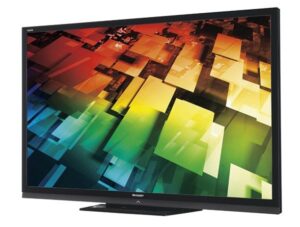
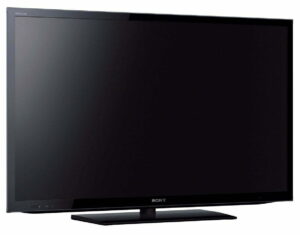
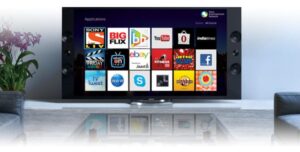
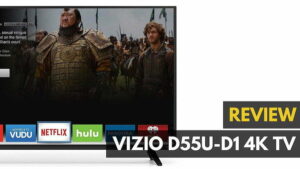
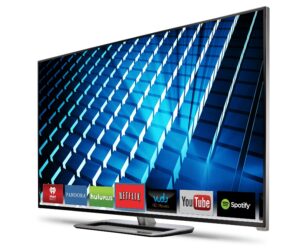
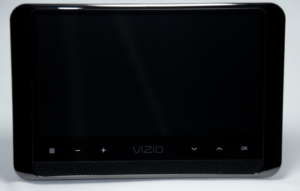
3 responses to “Post Title”